
Travel Bubble: Before you head to New Zealand
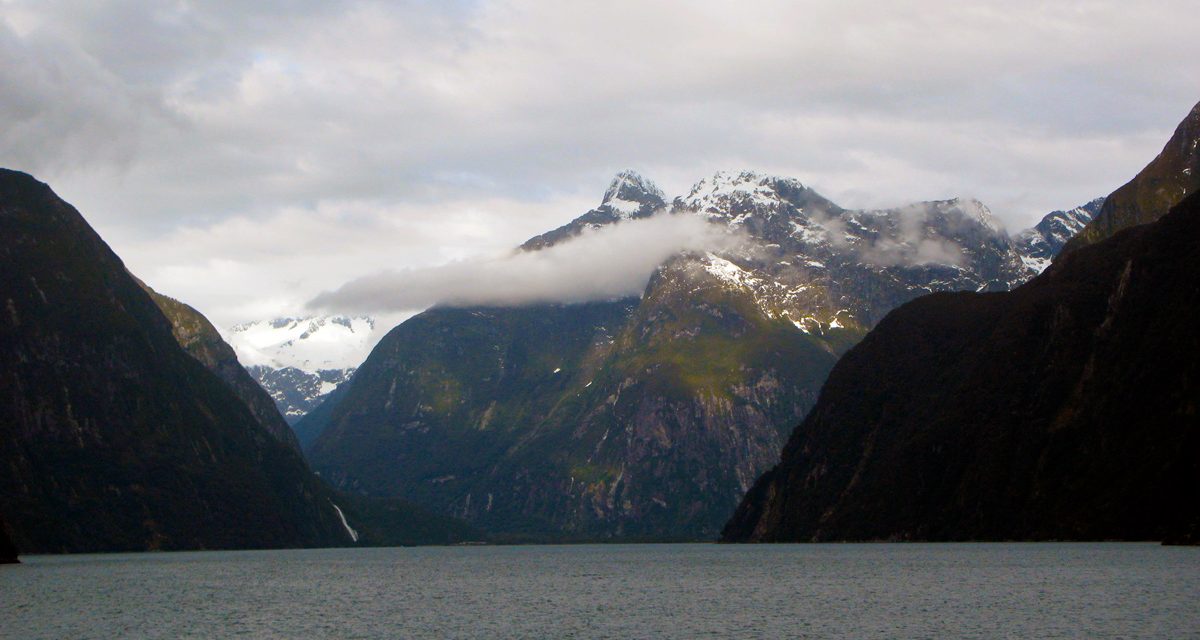
OK, you might be on your way to New Zealand, but that doesn’t mean you are travelling back in time. Although . . .
No, I’m trying to say that traveling internationally is not like in the pre-COVID-19 days. There are some new things you need to do before hopping on the plane and leaving the country.
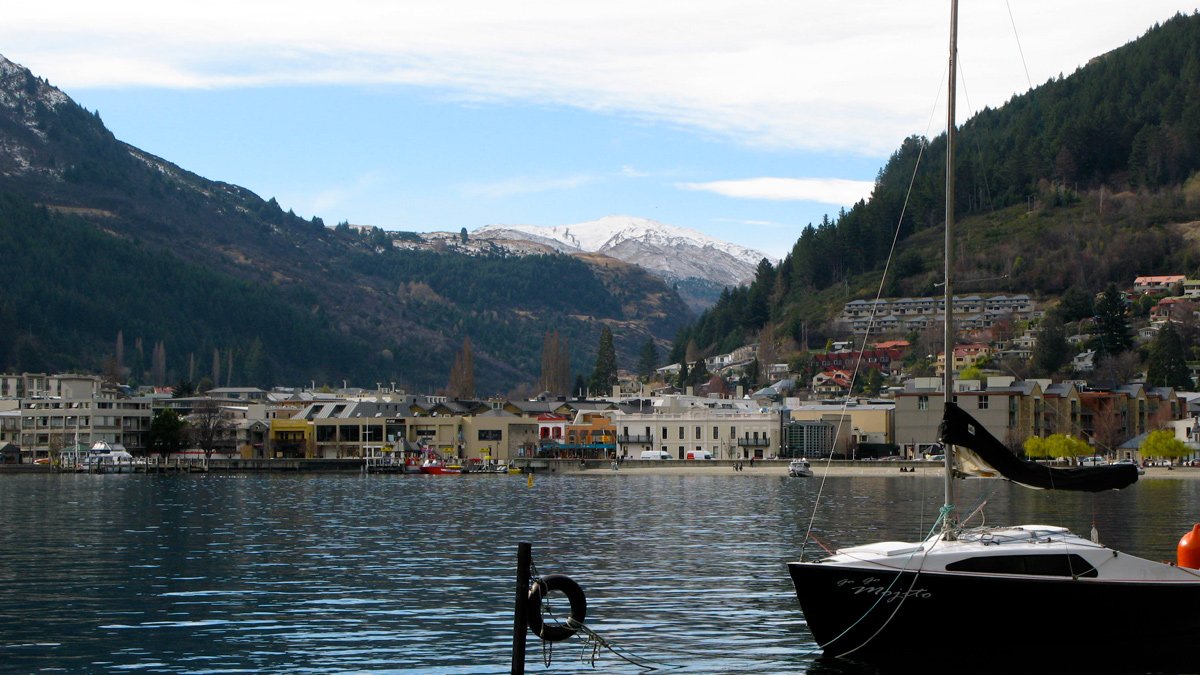
Content of this Post:
Are YOU eligible to fly?
You need to have been in Australia for at least 14 days prior to departure, and you should have NEVER had a POSITIVE COVID-19 test. You also need to be COVID-19 symptom-free, and not be waiting for the results of a COVID-19 test. According to some reports, you should even have a note from your doctor if you are prone to hayfever, in case an inopportune sneeze should raise suspicions.
If you have been outside Australia in the last 14 days then you will need to provide written evidence of a negative result for a COVID-19 test taken 72 hours prior to departure.
What you need when flying
As well as your passport, ticket, credit cards, wallet and hanky, you need to have a facemask to wear through the airport and on the plane for your whole trip. The airline will probably supply one – but you should also have one for the airport before boarding, and for use on arrival in NZ.
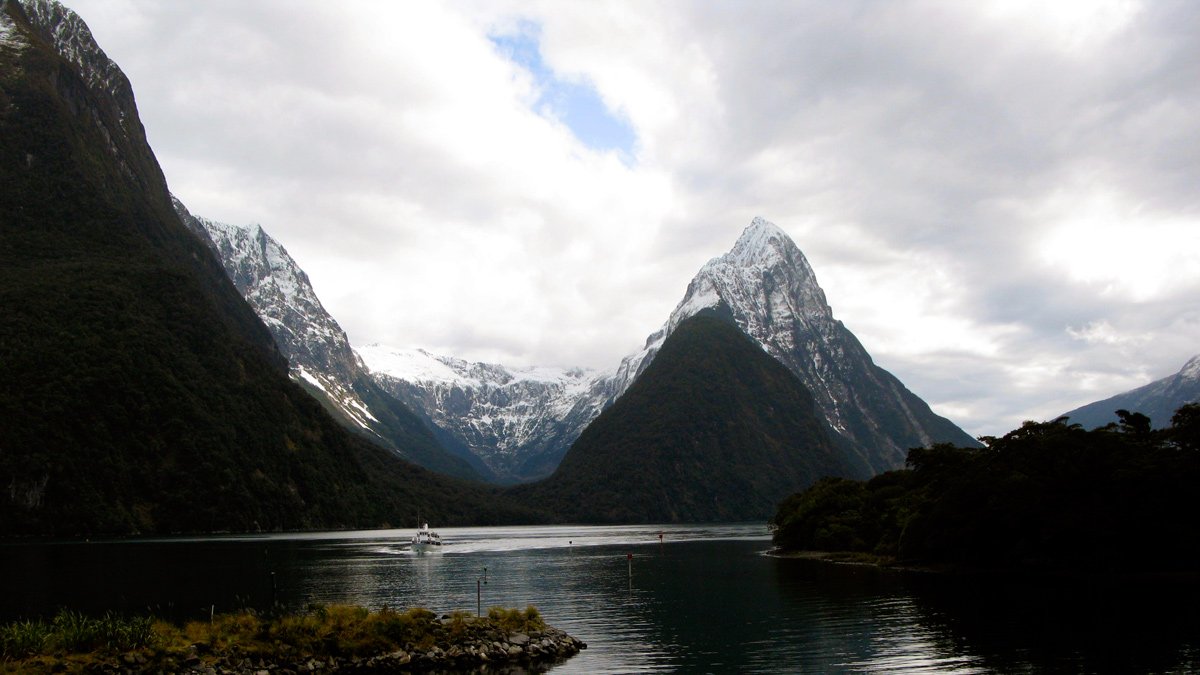
When you arrive in New Zealand
You will be temperature checked, you may be quizzed about your health and you need to download the NZ tracking app, Install and use it while you are in the land of the long white cloud.
- Practise good hygiene – wash your hands, Freddie!
- Keep track of where you’ve been – use the NZ COVID Tracer App: iPhone Android and scan QR codes, and turn on Bluetooth tracing. If you can’t use an App, then keep a paper record of your travels.
- Wear a face covering – on all public transport, on planes, and where physical distancing is not possible
- If you feel unwell – Call 0800 611 116 for advice
- Get to know our COVID-19 Alert Levels in case your travel gets disrupted
- Be prepared, and have a plan if your travel is disrupted – you are travelling in a ‘flyer beware’ situation. If borders get closed, or you need to head into quarantine – you will need to organise this yourself, so have a plan and a credit card to pay for it!
- Get information about COVID-19 and quarantine-free travel in NZ at https://covid19.govt.nz
- For information from the Australian Government, check Smart Traveller
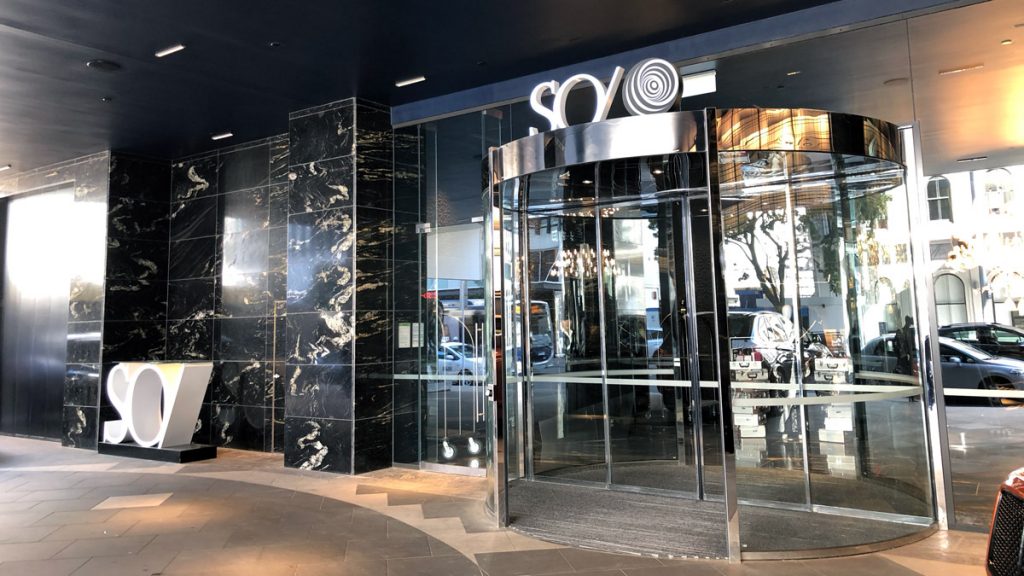
What happens if there is an outbreak?
Well, possibly nothing – as in the case of the positive test of an airport cleaner on the 2nd day of the trans-Tasman bubble. Or, the travel bubble could be paused or suspended. You might be stranded, or required to isolate either in NZ or on return to Australia.
Mentally prepare for those situations, seek advice, and make arrangements. Importantly – make sure you have financial resources available in case you need to take an earlier or more expensive flight or stay for 2 weeks in a hotel in NZ or back in Australia.
Traveling overseas from New Zealand – and I’m not talking about returning to Australia
Officially, you need to apply to the Australian government for an outward travel exemption, and you will almost certainly have to head into 2 weeks of quarantine on your return either to NZ or Australia.
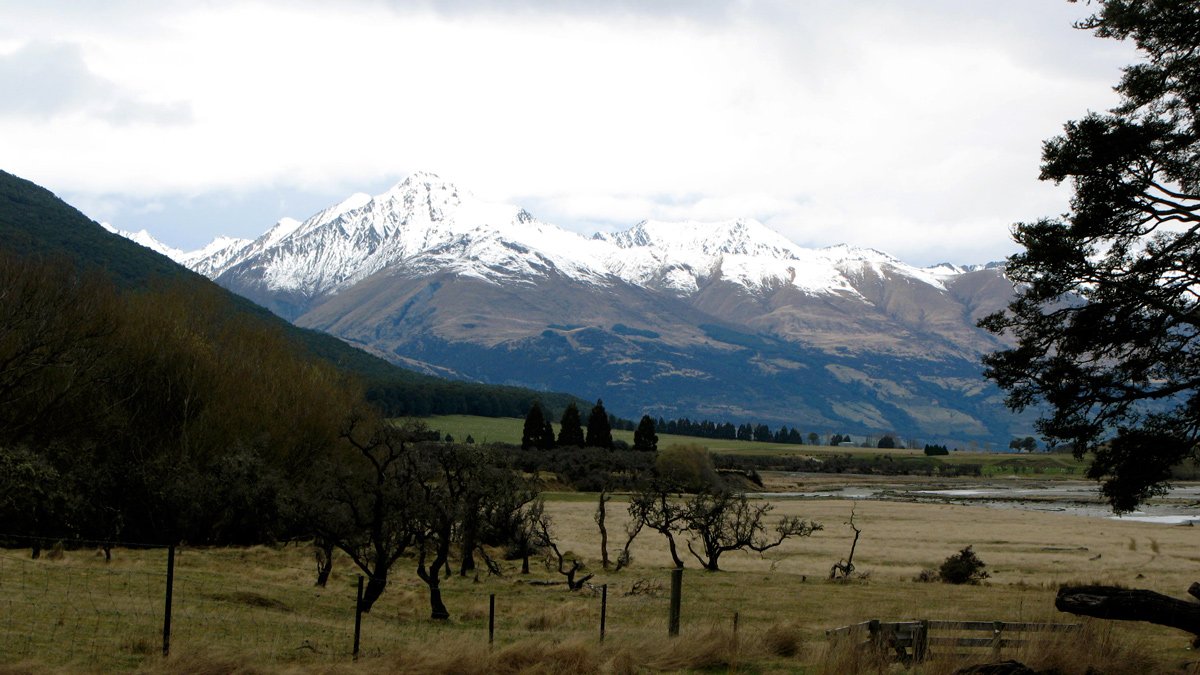
Who’s flying?
Air New Zealand, Jetstar and Qantas are all flying. Qantas is currently running the most flights, but that might change as the others ramp up their service. Fares according to Google Flights are in the average range. You could be hard-pressed to find seats during the June/July school holiday period.
Qantas is running A330s and B737’s but there is talk that they may schedule some Dreamliner B787s on the route depending on demand.
Currently you can fly direct from Sydney, Melbourne, Perth and Brisbane to a selection of Auckland, Christchurch, Queenstown and Wellington on one or more of the airlines serivicing the trans-Tasmana routes.
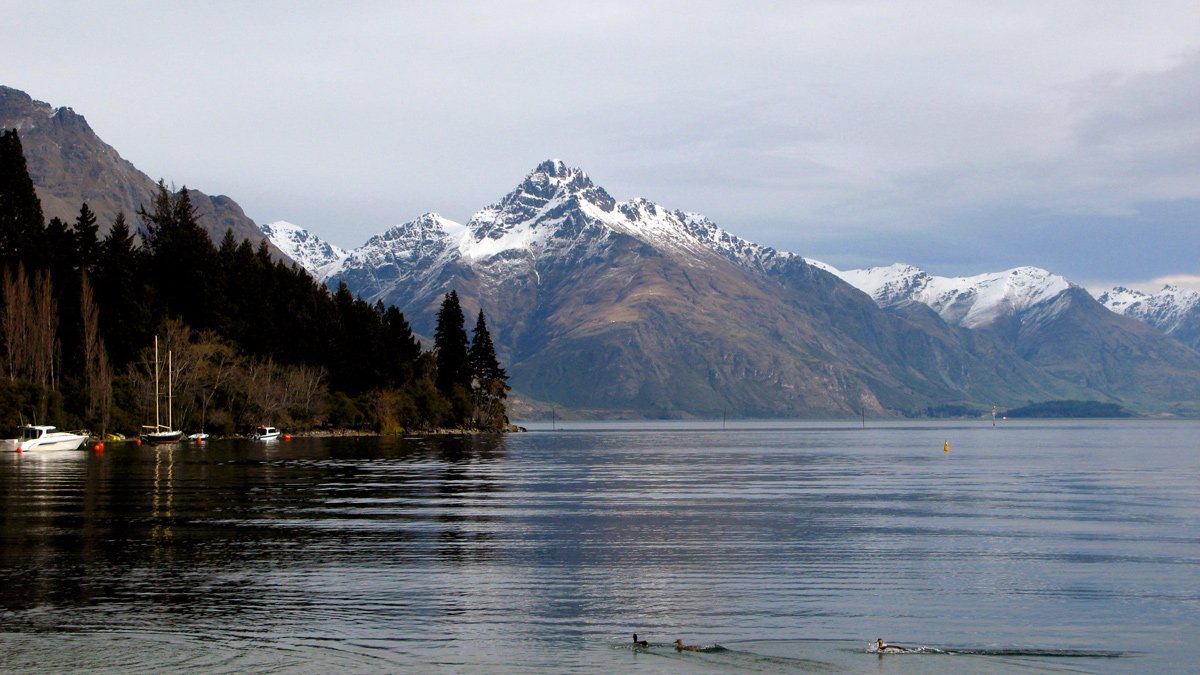
2PAXfly Takeout
This is another timely reminder to wear your seatbelt when seated. Holding you close to your seat will protect you from the sort of injuries sustained on this flight, when unsecured passengers flew to the ceiling of the aircraft, and then came crashing down once the ‘drop’ ceased.
The hope will be that this is an anomaly – a ‘freak accident’ in casual parlance. If it is a systemic error either mechanical or electronic, then this is a larger concern for the airlines that fly Boeing Dreamliner 787 aircraft. Let’s hope it isn’t. If it is, it will pile on the woes to Boeing’s existing stack.
On your bike then! Have a great time in Aotearoa!
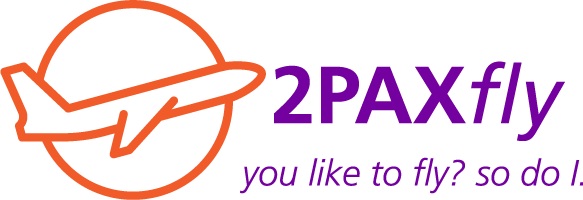
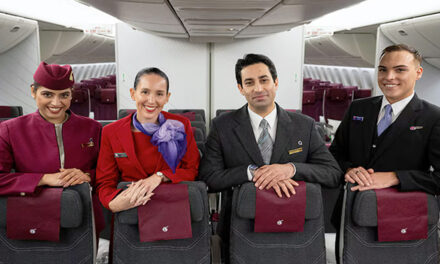
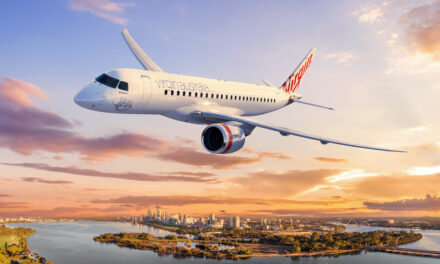
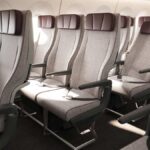
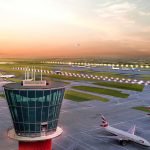
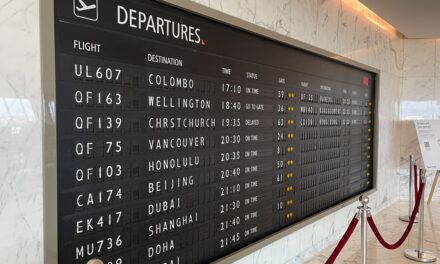
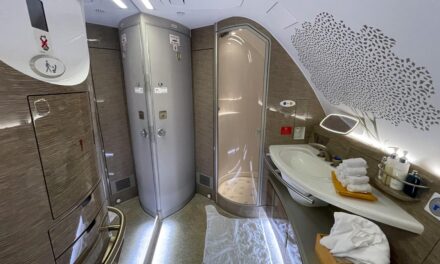
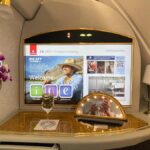
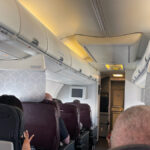



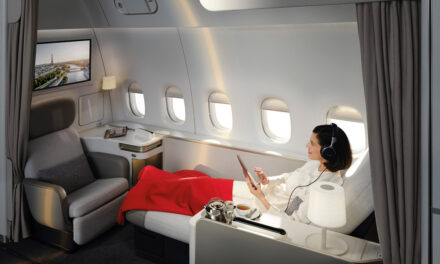
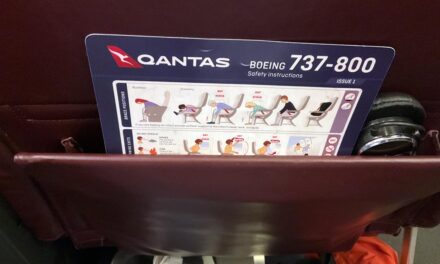
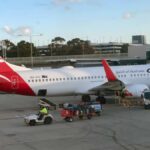

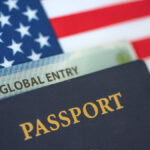
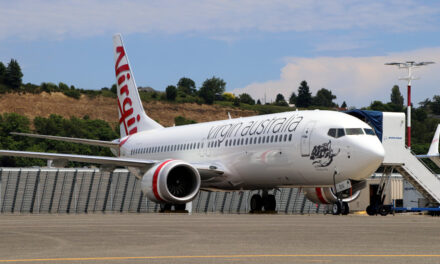
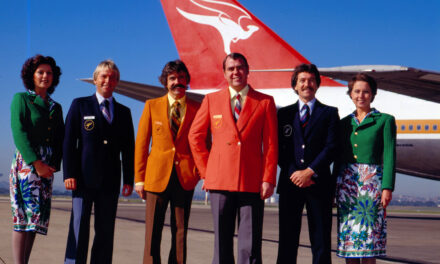
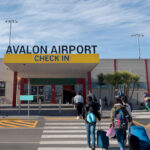



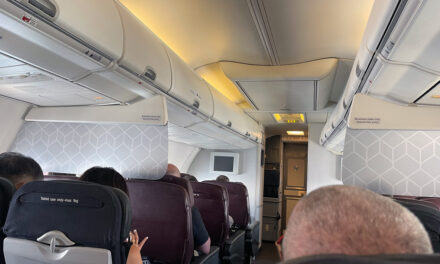




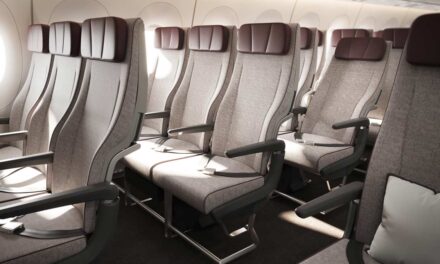
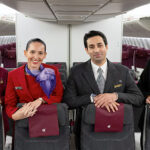
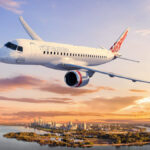
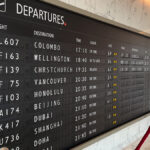
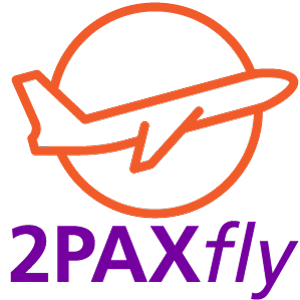
What did you say?